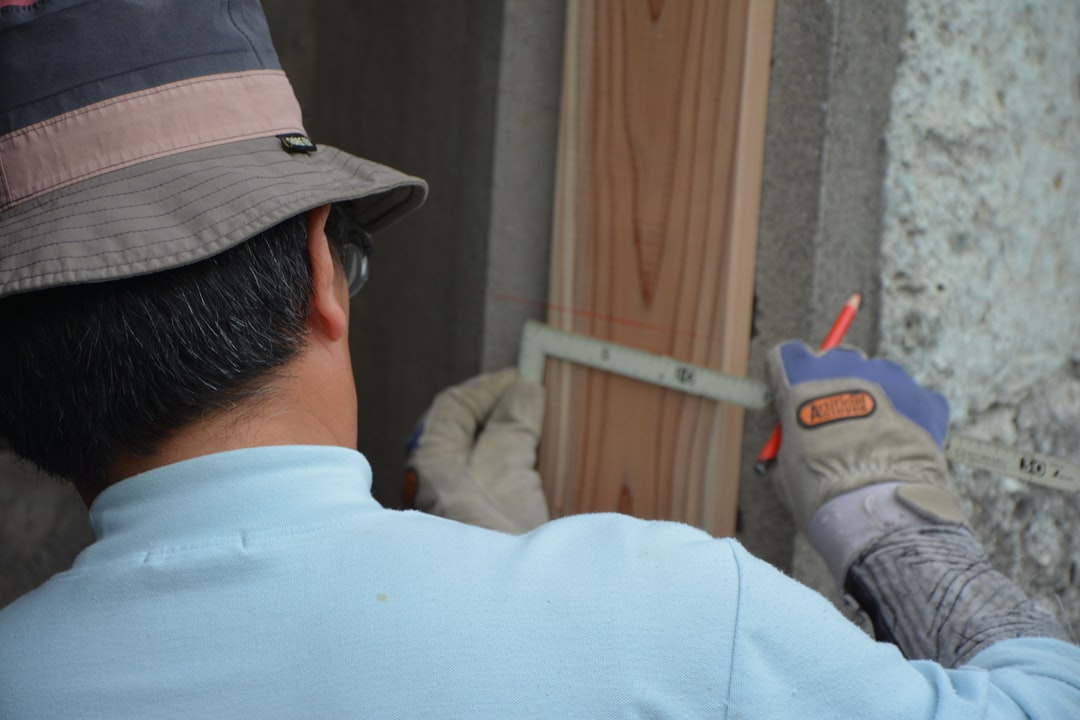Understanding the Cost to Install Door Casing
For construction professionals, accurately estimating the cost to install door casing is crucial. Current rates range from $4.00 to $7.50 per linear foot, with a standard door costing between $68 and $128. Premium materials can exceed $200. CountBricks provides precise estimates by integrating live pricing and AI technology, ensuring your projects remain profitable.
What Door Casing Actually Includes
Door casing serves both functional and aesthetic purposes. A comprehensive estimate includes:
- Linear feet of trim for both sides and head of the opening
- Material type (MDF, finger-joint pine, solid hardwood)
- Fasteners, shims, adhesives, fillers, and caulk
- Surface prep, priming, and final paint or stain
- Labor hours for cutting, coping, mitering, installing, and finishing
Five Core Price Drivers
- Material grade and profile depth
- Door size and number of openings
- Wall condition and plumb tolerance
- Finish level (paint-ready vs. high-end stain)
- Regional labor rates and crew efficiency
CountBricks provides real-time pricing, allowing you to compare materials instantly.
Average Residential Price Range
Nationwide, door casing installation costs vary, with standard installations ranging from $68 to $128 per door. Premium options can increase costs significantly. Volume discounts are available for larger projects.
Why Estimates Vary from Contractor to Contractor
Traditional methods often lead to inconsistencies. CountBricks eliminates these by using:
- Voice capture to reduce errors
- AI to detect necessary adjustments
- Live pricing for real-time accuracy
This approach reduces change orders by up to 37%.
Step-by-Step CountBricks Takeoff Workflow
- Open the CountBricks app and start a new project.
- Record door details using voice commands.
- AI confirms dimensions and stores data.
- Generate an estimate in seconds.
- Send a branded PDF quote or integrate into invoices.
Hidden Costs to Watch For
- Demolition and disposal fees
- Lead-safe practices for older homes
- Drywall repairs
- Upgrades during the project
CountBricks identifies these risks early to keep bids accurate.
Labor Efficiency and Crew Sizing
Experienced carpenters can install 8-10 doors per day. CountBricks optimizes labor allocation, reducing contingencies by 12-15%.
Material Selection Tips from CountBricks Pros
- MDF is cost-effective but requires sealing in humid areas.
- Poplar offers a premium feel at a moderate cost.
- Finger-joint pine is budget-friendly and smooth.
- Pre-finished PVC is ideal for moisture-prone areas.
Calculating Return on Casing Upgrades
Upgraded door trim can enhance home value significantly. CountBricks provides visualizations to help clients understand the benefits.
Integrating Casing Costs into Full Project Budgets
CountBricks ensures transparency from procurement to final payment, adjusting for price changes and creating ready-to-sign change orders.
Ready to Lock in Accurate Numbers?
CountBricks offers precise estimates for any project size. Learn more at CountBricks.com.
Case Study: Door Casing Done Right with CountBricks
Sunrise Builders used CountBricks for a 38-unit townhome project, achieving a 7% material savings and optimizing labor. This case study highlights the benefits of using CountBricks for accurate estimates and efficient workflows.
Key Results
- $1,260 saved on materials
- Two labor days saved by optimizing crew size
- No change orders related to trim
Lessons Learned for Your Next Project
- Capture dimensions early to ensure consistency.
- Standardize trim profiles for bulk savings.
- Use historical data to set realistic goals.
Pro Tips from the Field
- Use MDF backer strips for proud jambs.
- Label casing lengths during pre-cutting.
- Re-price materials before ordering.
Next Steps
Replicate these results by signing up at CountBricks.com and let our AI streamline your next project.

